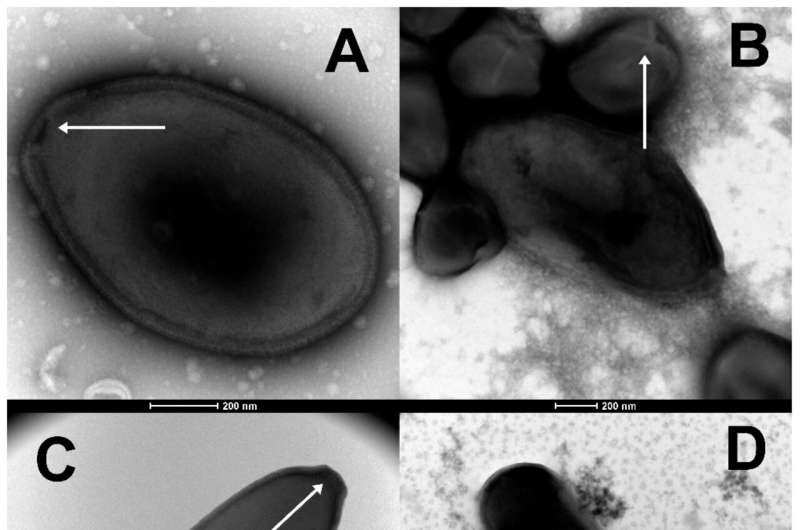March 10, 2023 report
This article has been reviewed according to Science X's editorial process and policies. Editors have highlighted the following attributes while ensuring the content's credibility:
fact-checked
trusted source
proofread
Ancient dormant viruses found in permafrost, once revived, can infect amoeba

A team of climate scientists from France, Russia and Germany has found that ancient viruses dormant for tens of thousands of years in permafrost can infect modern amoeba when they are revived. For their study, reported on the open-access site Viruses, the group collected several giant virus specimens from permafrost in Siberia and tested them to see if they could still infect modern creatures.
Prior research has shown that permafrost—frozen soil—is an excellent preservative. Many carcasses of frozen extinct animals have been extracted from permafrost in the Northern Hemisphere. Prior research has also shown that plant seeds lying dormant in permafrost can be coaxed to grow once revived. And there is evidence suggesting that viruses and bacteria trapped in permafrost could infect hosts if revived. In this new effort, the researchers tested this theory.
The effort by the research team followed up on prior work in 2014 that showed a 30,000-year-old virus could be revived—and that it could be infectious. The team followed up on that effort by reviving a different virus in 2015 and allowing it to infect an amoeba. In this new effort, the team collected several virus specimens from multiple permafrost sites across Siberia for lab testing.
For safety reasons, the research team collects only so-called giant viruses and only those that can infect amoeba, not humans or any other creature. In reviving the virus samples, the team found that they were still capable of infecting amoeba. They also found, via radiocarbon dating of the permafrost in which they were found, that the viruses had been in a dormant state for between 27,000 and 48,500 years.
The researchers suggest their findings hint at a much bigger problem—as the planet warms and the permafrost melts, there is a chance of viruses emerging that are capable of infecting humans. Such a threat is not science fiction, they note—prior researchers found influenza viruses in a lung sample of a woman who had died in Alaska during the flu pandemic of 1918. And another team found a virus related to smallpox in a mummified woman found in Siberia—she had been there for 300 years.
More information: Jean-Marie Alempic et al, An Update on Eukaryotic Viruses Revived from Ancient Permafrost, Viruses (2023). DOI: 10.3390/v15020564
© 2023 Science X Network




















